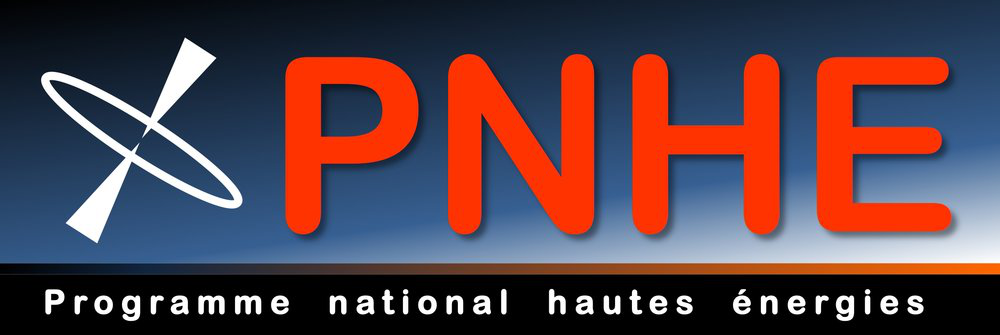Orateur
Description
Pulsar Wind Nebulae (PWNe) are complex astrophysical environments where an highly magnetized wind made of electron-positron pairs interacts with the surrounding SN remnant through a relativistic shock wave. While MHD modelling can reproduce the large-scale morphology of PWNe, a refined description of the underpinning kinetic-scale processes is still missing. One open question in this regard is how the electromagnetic field energy of the wind can be efficiently dissipated into kinetic energy. A possible scenario is that the wind becomes turbulent before crossing the shock. By means of Particle-In-Cell kinetic simulations, we have studied the heating of a relativistic plasma flow immersed in a forced/decaying magnetic turbulence, and then how such a turbulent flow modifies the properties of a relativistic shock wave, including its propagation dynamics and particle acceleration efficiency.

